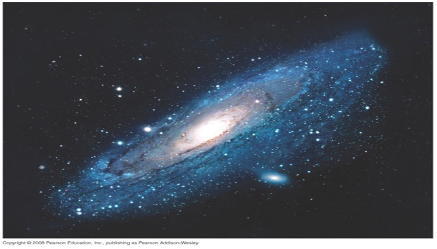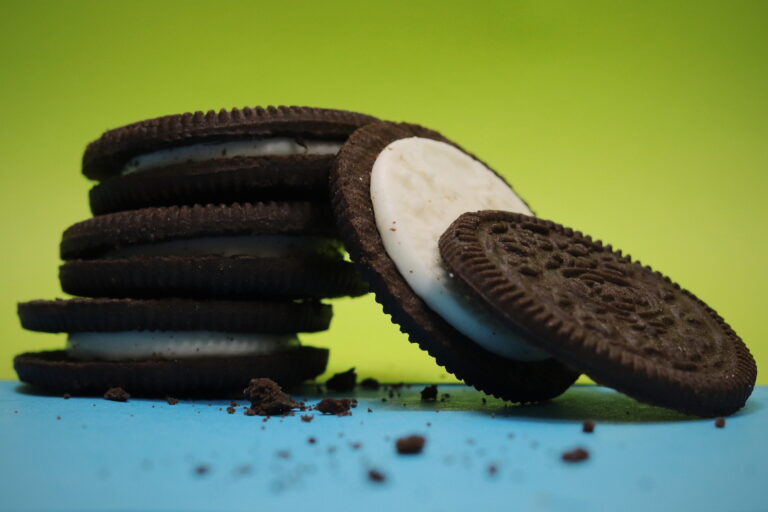How to Calculate Density
Imagine for a moment that you have two piles sitting in front of you. In one pile, there is a pound of feathers. The other pile is a pound of rocks. Both of these piles of should weigh the exact same amount, correct? Yes, each of these piles are a pound in weight which means that they weigh the exact same.
If you could actually see the two piles in front of you, however, you might notice something puzzling about the two piles. A pound of feathers takes up a great deal more space than a pound of rocks does. You might even ask yourself: how is it that two piles equaling the exact same weight can be so very different in size? The answer: density.
Density is a word that we use to describe the comparison of an object’s mass and an object’s volume. In order to understand this, you may have to think back to the early years of science class. Mass, if you recall, is the measure of how much matter is making up a particular object. Volume, on the other hand, is a measure of the space that matter takes up. Density describes the amount of matter per unit of volume.
Objects will often float in water or sink in water based on their density. Ice, for example, is less dense than its liquid counterpart, water. This explains why ice will float when placed in water. While checking to see if an object floats in water is a pretty cool experiment, it will not help you to understand density completely. In order to truly understand density, and learn how to calculate it, we are going to have to do some math.
Formula for Density
As we walk through the formula for density, it is important to remember that density is a comparison, or more formally known as a ratio. Density is the ratio of mass to volume for a particular object. Further, density cannot be measured, rather it is a calculation of the measured mass and the measured volume of an object.
The formula for density in chemistry is density equals mass divided by volume. So, when you see the formula written in a textbook or on a test, it will look like this:
Units of Density
Although the United States chooses to use English units, the rest of the world uses the metric system. However, scientific measurements and calculations should be universal. After all, you would want to be able to discuss the massive difference in your pile of rocks and feathers with all of the different people who walk by, wouldn’t you?
This is why the density of solids are usually reported as grams (the measure of mass) per cubic centimeter (the measure of volume). You would write this down as: g/cm3. However, you might see another unit from the metric system appear in some calculations. Density might be recorded as the kilograms per cubic meter (kg/m3), the kilograms per cubic centimeter (kg/cm3) or the grams per cubic meter (g/m3).
In the event that the density has not been converted to the metric system, then it may be recorded as one of the following pounds (measure of mass) per cubic foot (measure of volume). This measurement would be written as lb/ft3, pounds per cubic inch (lb/in3), or pounds per cubic yard (lb/yd3).
When in liquid form, the density will be reported differently than solid. Remember, each of the forms of mass and volume are measured differently. Liquid density is most commonly recorded as grams per milliliter (g/mL). However, gas density is most commonly recorded as grams per liter (g/L).
An interesting thing to note about the density of a liquid or a gas is that the density is not a constant. This means that when the temperature or the pressure changes, so does the density of that liquid or gas. However, scientists usually report the density based on a standard pressure and a standard temperature.
How to Measure Mass
In case you have forgotten about measuring mass and volume, here is a quick refresher course so you can get to your experiments. If you want to measure the mass of a solid, then you are going to need a scale. An object’s mass is essentially it’s weight. All you have to do is place the item on the scale and record your findings.
Remember, if you are measuring the mass of a liquid, you will need to subtract the exact weight of the container holding the liquid in order to get an accurate measurement. Also, do not forget that your mass should be converted to the metric system if your assignment wants the density listed in the most standard form.
Measuring Volume
Measuring the volume of an object can be a little bit more complicated than it might initially seem. If you want to find the volume for a standard polygon then you can begin by taking standard measurements and then doing a little research to find the formula for calculating volume. This is simply plugging in the correct numbers and doing a little math.
However, if you want to find the volume of an object that has an abnormal shape, then you may have to think outside the box. Archimedes proposed an interesting concept that is now known as the principle of displacement.
He proposes that through placing a measured amount of water into a graduated cylinder, adding the object, and measuring the change in volume, you can calculate the volume of the oddly shaped object without having to standardly measure it.
Liquids, of course, can simply be poured into a graduated cylinder and measured based on the markings.
Now that you understand how to calculate the density of the object, you should be able to conclude why our pile of feathers looks so radically different than our pile of rocks. The ratio of matter to volume is much less in a feather than it is in a rock.
















































